A half-hour's drive from Akron, Red Run Farm puts bison on horizon
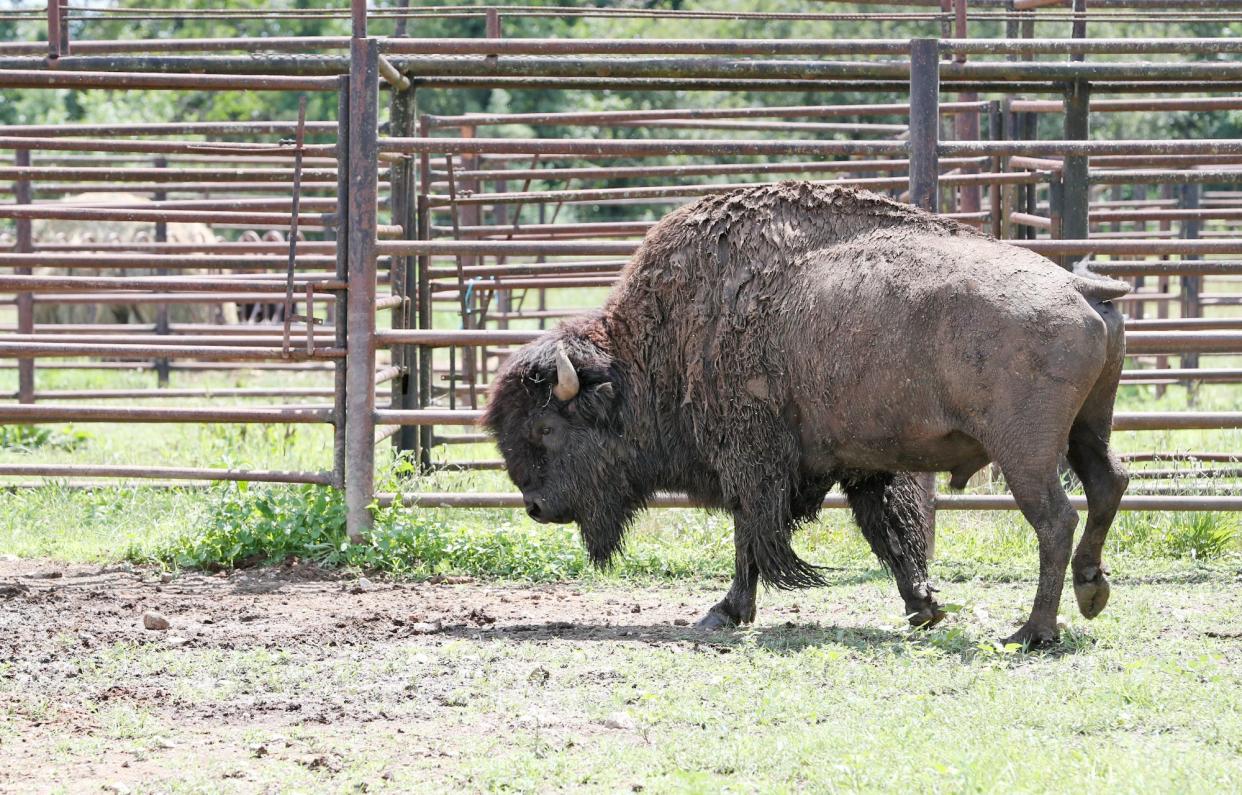
- Oops!Something went wrong.Please try again later.
A half-hour’s drive from Akron, the buffalo — bison, to be exact — roam.
In Marshallville, a Wayne County village of about 790 people just 17 miles from Akron as the crow flies, Red Run Bison Farm maintains a herd of about 55 of the stately beasts. The number varies from season to season and has been as high as 250.
Most members of the herd are females, with four breeding bulls that can weigh more than a ton. Red Run keeps four of those on hand.
The farm was founded in 1999 by Steve and Sylvia Slifko after Steve decided to retire from the housing development business.
During that part of his career, Steve Slifko built around the Akron area, including condominium units in Akron, the Portage Lakes area and Wadsworth — about 500 apartments and four condominium projects, he said.
But that changed 24 years ago.
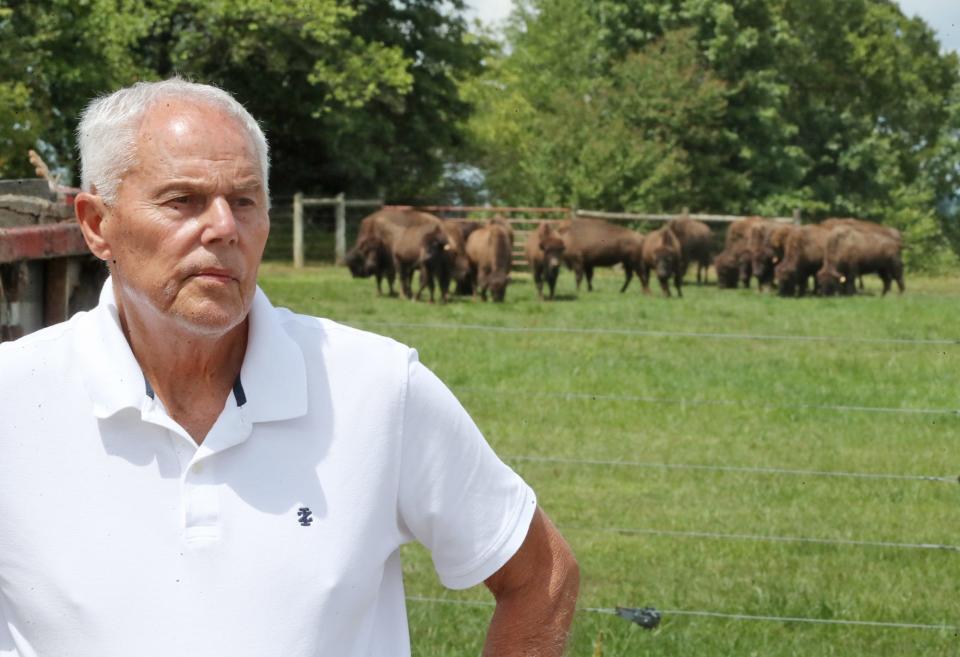
“My wife said, ‘I’d like a farm,’ ” Slifko said in a recent interview at Red Run, and he was ready to comply.
But she envisioned something different than bison.
“When I thought of a farm, I thought of a dog and horse,” she said.
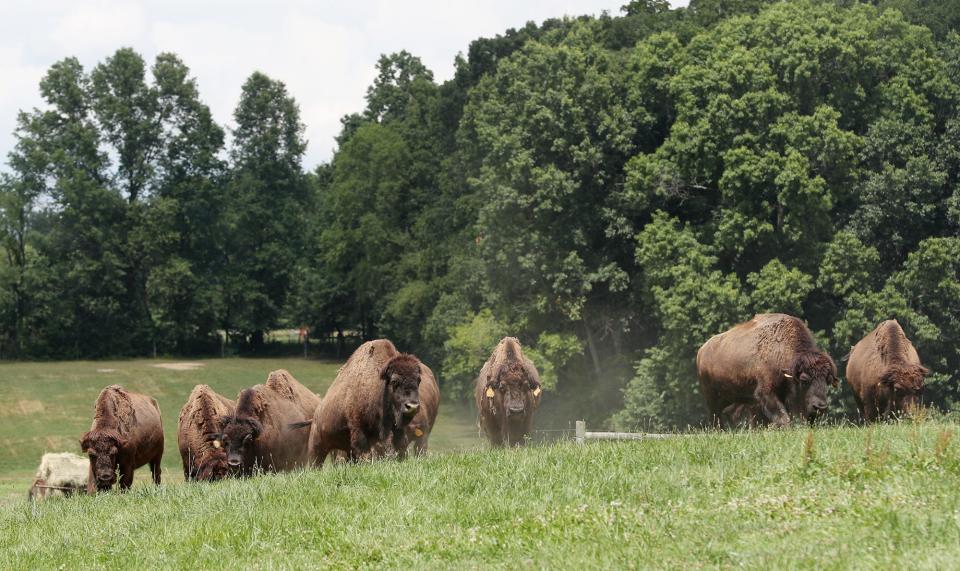
'You want the land; I’ll get the bison'
After watching a National Geographic special on bison, Steve Slifko decided that raising the large, shaggy creatures on his sprawling Wayne County property was the way to go.
“You want the land; I’ll get the bison,” he told his wife.
Slifko said Red Run is a member of the National Bison Association, a nonprofit organization of producers, processors, marketers and bison enthusiasts. He jokes that he shares two things with National Basketball Association star LeBron James: They're both graduates of St. Vincent-Saint Mary High School, and they both belong to the NBA.
Sylvia Slifko said her husband's plan to fuse her desire for a farm with his fascination with bison worked out well.
"I love living here," she said. "I love the country, and I love the bison meat."
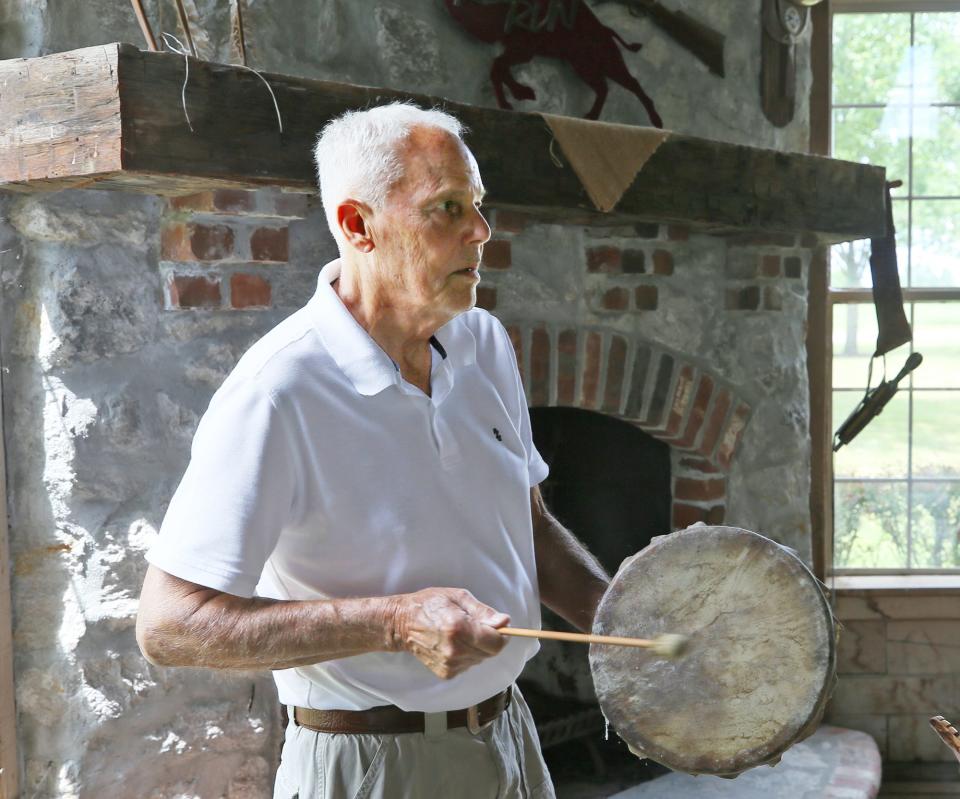
Bone broth and lean meat
When the Slifkos got in the business, the popularity of bison was riding the crest of a wave. People were interested in the history of the beast that once covered the landscape of the Great Plains. Bison meat was also gaining in popularity for its low-fat, high iron and B-12 content.
That wave has leveled off over the last couple of decades, but demand is still high for bison products, said Slifko. He said Red Run bison meat is sold at independent groceries in the Akron area, including Mustard Seed in Akron, Kreigers Market in Cuyahoga Falls and Shaffer’s Market in Green. Red Run also sells product on-site at the farm.
Slifko said bison bone broth has risen in popularity, and rattles off a list of potential health benefits. Advocates tout it as a superfood and natural remedy for various maladies.
“We sell a lot of bones,” Slifko said.
Slifko said bison meat tastes similar to beef, is slightly sweeter and shouldn’t be overcooked.
“Bison meat tastes good and it’s good for you,” he said.
He puts his fork where his mouth is, too, eating bison three to five times a week..
“We’re probably the only family where we say, ‘Finish your buffalo,’" Sylvia Slifko said.
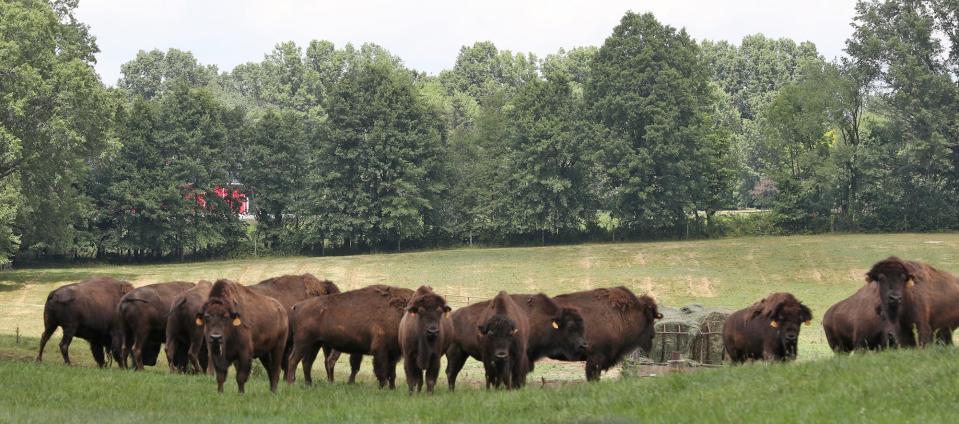
The ins and outs of bison farming
Slifko said that despite the nutritional advantages of bison, large ranchers aren’t interested. Many who do raise bison feed them grain to speed their growth. But a grass-only diet is more natural for the bison, which grazed the plains before they were hunted to near extinction, Slifko said.
Red Run bison are fed only grass that’s grown on the 300-acre farm, where the bison roam seven different pastures.
“The reason it costs more is it takes 2½ years to raise them,” he said.
They’re also less docile than cows — in fact, they are the opposite of docile. The shaggy beasts can run up to 35 mph and jump a six-foot fence. The bulls are 6 feet tall and can weigh more than a ton. At one point, Slifko said, Red Run had a bull that weighed in at 2,450 pounds.
A tour of the farm
To keep and raise its bison, Red Run has facilities for hay production and storage, pens to round up the beasts and a massive barn 205-feet by 70-feet and 60 feet in height.
The barn has occasionally been used for business meetings, but no bison are allowed inside. The walls are decorated with bison memorabilia and mounted bison heads.
Although the pastures are fenced, some clever bison have found their way out. Sylvia Slifko said she was in the barn on such a day.
“I was in here and I saw them walk by,” she said. “I said, ‘They are walking by the window.’ ”
On another occasion about three years ago, a calf rumbled around, eventually winding up in the Red Run lake. It was eventually returned to the herd, safely behind the farm fences.
The farm offers tours, with information available at https://www.redrunbison.com/ or by phone at 330-472-2216.
Steve Slifko said he has respect for the animals he raises and their place in U.S. history.
“A bison is America,” he said. “It should be on the flag.”
Leave a message for Alan Ashworth at 330-996-3859 or email him at aashworth@gannett.com. Follow him on Twitter at @newsalanbeaconj.
This article originally appeared on Cincinnati Enquirer: Ohio's Red Run Buffalo Farm offers a glimpse into bison herding

